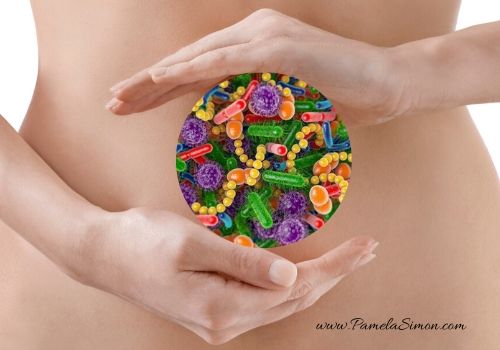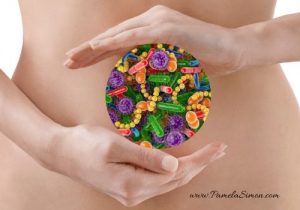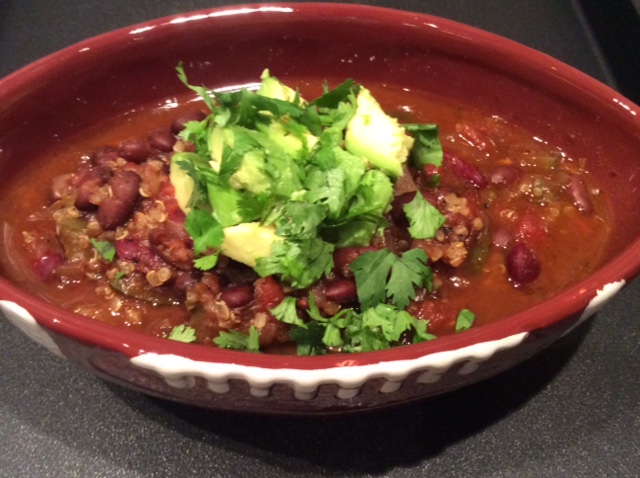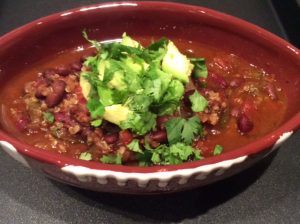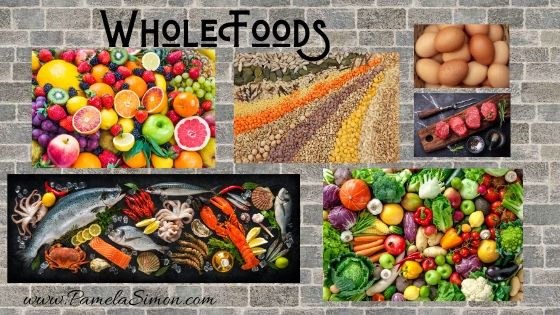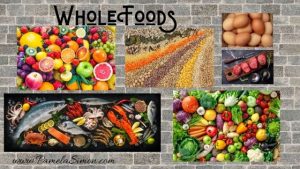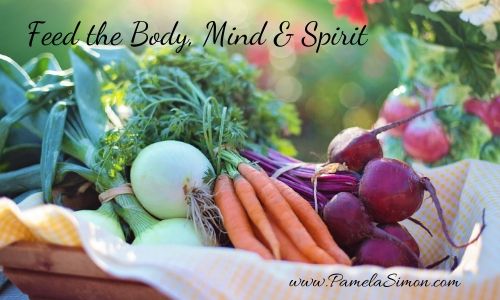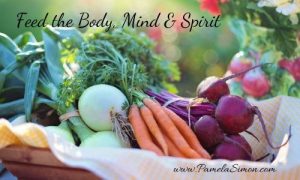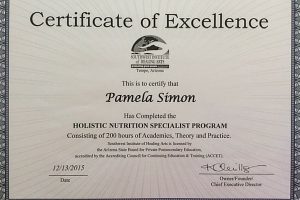Trust your gut
Hello,
Each day we are faced with a plethora of decisions to make. Starting with the time we wake up, what we eat, where we go and what we do throughout the day, and finally what time we go to bed.
Many of these decisions are routine and don’t require much thought, except if you are struggling with a mental health disease, then every decision you make can literally be gut wrenching.
I mentioned in my “Happy New Year” post that there is a direct correlation between your brain and gut. I didn’t realize this until my own gut health was compromised.
What does your gut tell you?
My late husband, Larry, was a small business owner, and after he died, I was faced with having to make many decisions on my own. My confidante, most trusted partner was no longer here to help me figure out the next step. Whether it was personal decisions regarding our home, children, pets, etc. or business decisions, I found myself in a precarious position, the finality of each path I chose rested solely on my shoulders.
I was fortunate to have a good support system to guide me with information and listen as I jockeyed back and forth on what path to take. A common question many asked when I was undecided was, “what is your gut telling you?”
Funny, Larry and I used to say that to each other after weighing all the pros and cons. Ultimately, we relied on that feeling we get in the pit of our stomach when we’re about to take the plunge on an important decision. Have you relied on the feeling in your gut before? Does your decision give you relief, or make you feel more anxious?
What is your gut?
Your digestive tract: the mouth, esophagus, stomach, small and large intestines, colon, and rectum, is also known as your gut.
From the moment any particle enters the mouth it must follow this path. Along the way, the body will absorb certain elements, pass nutrients on to your liver, pancreas and gall bladder, any waste eventually makes its way out of your body through the rectum.
What I will focus on today is what lives inside your gut and what you put into your mouth will impact it for better or worse.
Your gut flora
Gut flora is a description commonly used to describe the complex microbiome living in your gut. Inside this microbiome lives bacteria (good and bad) and other organisms that, in good health are harmonious and depend on one another to help digest what is put in your mouth.
Any imbalance will disrupt the microbiome and impact your immune system, leaving you open to contracting an illness or disease. Recent research has shown that an imbalance can lead to neurological disorders as well such as ADHD, Autism, Depression and Anxiety to name a few.
You may be wondering how in the world can your gut impact your mental health. I’ll cover some of this in this post and more in a later post.
Your second brain
Along with all the microbiomes in your gut, there are over 100 million neurons embedded in its wall. Now, when we talk about neurons, we are usually talking about the neurons in our brain and spinal cord, also known as our central nervous system (CNS).
Scientists all over the world are now referring to the gut as the 2nd brain in our body because it is now known that the gut has its own independent nervous system. The enteric nervous system (ENS) is a mesh-like network of neurons that lines the entire digestive tract.
How do you know if your gut is out of balance?
- Experience digestive disorders; constipation, chronic diarrhea, leaky gut
- Difficulties with Sleep – trouble falling or staying asleep
- Allergies – food allergies are a common indication your gut flora is out of balance
- Skin irritations such as eczema
What causes your gut to go out of balance?
- High sugar diet, bad bacteria loves sugar
- Over-use of anti-biotics
- Too many processed foods
- Living with constant stress (hello grief!)
- Chemicals from smoking, drugs (prescribed, over the counter, opioids, etc.)
- Too much alcohol (alcohol in moderation can be beneficial to the gut, but too much will negatively impact it)
Is all this information overwhelming?
There is so much information with respect to our gut and the impact it has on our health, that I will need to break it out into a couple of posts.
However, one area that most people can relate to is sleep, or lack thereof.
Approximately 90% of serotonin is made in the gut.
Serotonin has many functions in the body, one is sleep; specifically aiding one in falling asleep and staying asleep.
Serotonin is responsible for stimulating the parts of the brain that control sleep and waking. Whether you sleep or wake depends on what area is stimulated and which serotonin receptor is used. Any imbalance in your gut can greatly influence the production of serotonin needed for your body.
What can you do to improve your gut flora?
- Eat Whole Foods – processed foods contribute to the imbalance
- Eat Foods that contain “good” bacteria (see below), such as yogurt or acidophilus milk
- Get plenty of fiber in your diet with food
- Eat fermented foods – Sauerkraut, Kimchi, Kombucha, Miso, Tempeh
- Take probiotics and/or prebiotics
What is “good bacteria” aka, pro-biotics?
Trillions of good and bad bacteria live in your gut. As I’ve mentioned the key is to have a balance between the two. While the list of “good” bacteria is long and some are unique to each person, some common good bacteria amongst all of us are various strains of Bifidobacterium and lactobacillus.
If you are choosing food with pro-biotics it will most likely contain one or both strains listed above.
While eating whole foods rich in pro-biotics is the best way to improve your gut flora, sometimes taking a pro-biotic capsule is necessary as well. Any time your immune system has been compromised, adding a pro-biotic to your daily routine can be very beneficial. As always, if you are taking medications please check with your medical doctor before taking any supplements.
Next time you have an important decision to make, weigh the pros and cons, then ask yourself, “what is my gut telling me?” And trust it!
Here’s to happy flora!
Many Blessings,
Pam

